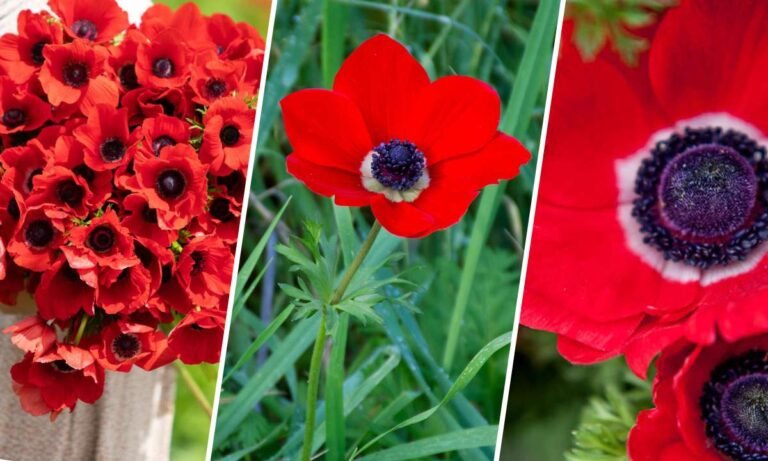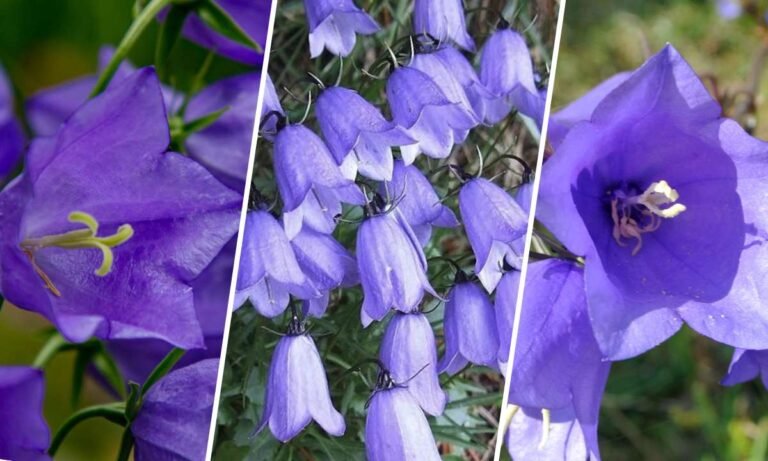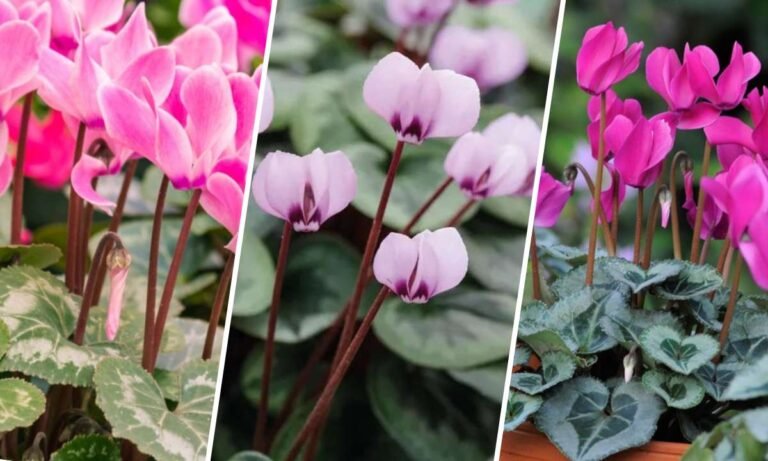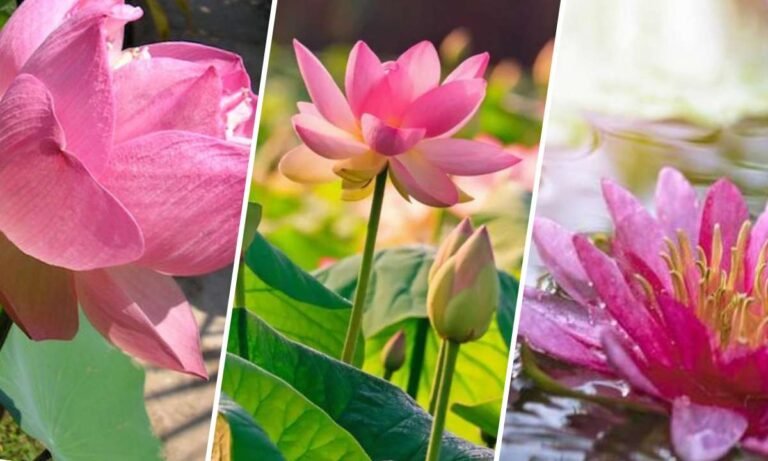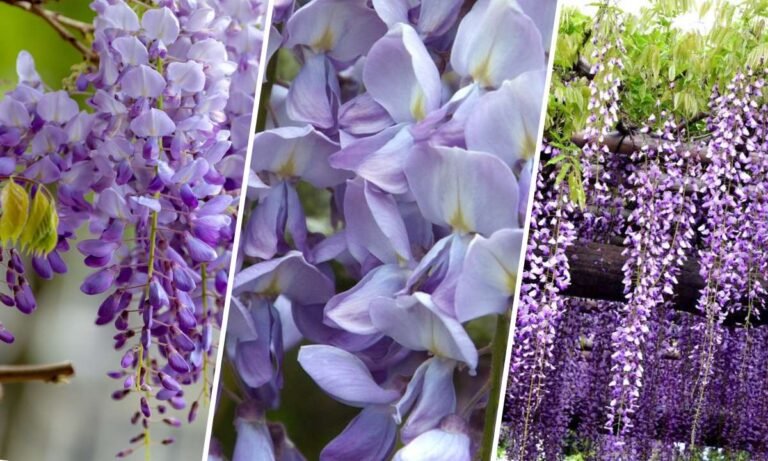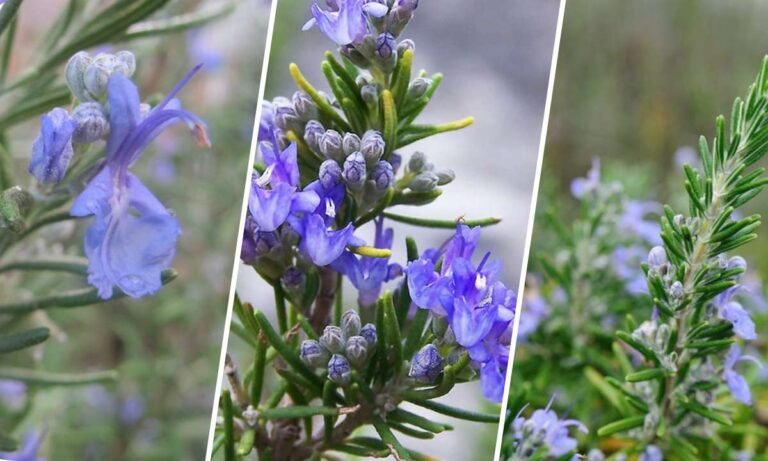Introduction
Hey there! Today, let’s dive into the world of the dogwood flower. This beautiful bloom isn’t just a feast for the eyes—it carries deep symbolism that has fascinated people for centuries. Whether you’re into gardening, flower arrangements, or just love learning about flower meanings, this guide will give you a richer appreciation of the dogwood flower.
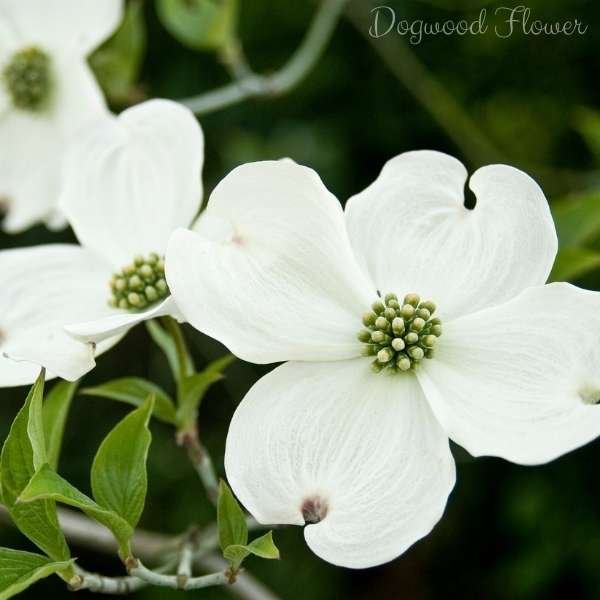
Historical Significance of the Dogwood Flower
Origins and Early Uses
The dogwood tree, scientifically known as Cornus, has a long history. Ancient cultures cherished its flowers and wood. The strong wood was perfect for making tools and weapons, while the flowers were used in traditional medicines and special ceremonies.
Mythology and Folklore
The dogwood flower is steeped in legend. One famous story comes from Christianity, where it’s said that the dogwood tree was used to make the cross on which Jesus was crucified. According to the tale, Jesus promised that the tree would never grow large enough to be used for such a purpose again, and its blossoms would resemble a cross in memory of Him.
Symbolism of the Dogwood Flower
Resilience and Rebirth
The dogwood flower is a powerful symbol of resilience and rebirth. Its ability to bloom beautifully in early spring, despite harsh conditions, represents perseverance and new beginnings.
Purity and Innocence
With its delicate white petals, the dogwood flower also stands for purity and innocence. Many cultures admire the flower for its unblemished beauty, and it’s often used in weddings and other important ceremonies to symbolize pure intentions and fresh starts.
Love and Affection
The dogwood flower’s gentle beauty also makes it a symbol of love and affection. In the language of flowers, giving someone a dogwood flower is a heartfelt way to show deep and genuine feelings. Its simple elegance conveys a timeless love and respect.
Dogwood Flower in Art and Literature
Artistic Representations
Artists have long been inspired by the unique shape and meaning of the dogwood flower. From Renaissance paintings to modern art, the dogwood often appears, highlighting its delicate beauty and profound symbolism.
Literary Symbolism
In literature, the dogwood flower is frequently used to symbolize themes like rebirth, purity, and love. Authors use it to add depth and emotion to their stories, making the flower a powerful literary tool.
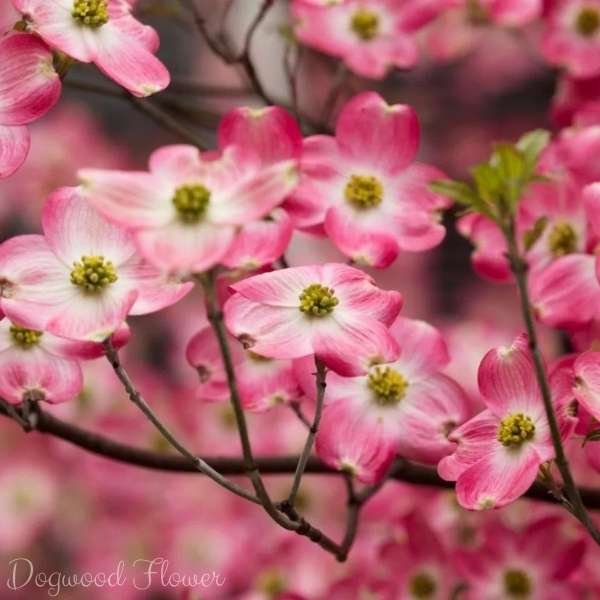
Cultural Significance of the Dogwood Flower
North American Traditions
In North America, the dogwood flower holds special significance. It’s the state flower of Virginia and North Carolina, representing the rich natural heritage of these areas. The flower is celebrated in festivals and events, showcasing its importance in local culture and history.
Asian Symbolism
In Asia, the dogwood flower is also highly valued. In Japan, for example, it’s associated with strength and endurance, reflecting a deep appreciation for nature’s beauty and resilience. The dogwood tree is a common sight in gardens and parks across Asia, highlighting its cultural importance.
Botanical Characteristics of the Dogwood Flower
Appearance and Growth
The dogwood flower is known for its distinct look. The blossoms, which can be white, pink, or red, are actually bracts that surround the true flowers, which are small and clustered in the center. This unique structure adds to the flower’s visual appeal and symbolic richness.
Varieties and Species
There are several species of dogwood, each with its unique traits. The most well-known is Cornus florida, or the flowering dogwood, but other species like Cornus kousa (Kousa dogwood) and Cornus mas (Cornelian cherry) are also important. Knowing the differences between these species can enhance your appreciation of the dogwood’s diversity.
Gardening and Care Tips for Dogwood Flowers
Planting and Soil Requirements
Dogwood trees thrive in well-drained, slightly acidic soil. When planting a dogwood, choose a spot that gets partial shade to full sun. Proper planting techniques, like ensuring enough space for growth and adequate watering, are key to a healthy tree.
Maintenance and Pruning
Regular care, including pruning, is essential to keep dogwood trees vibrant. Prune in late winter or early spring before new growth begins. Removing dead or diseased branches and shaping the tree helps encourage better blooming and overall health.
Pest and Disease Management
Dogwood trees can be affected by pests and diseases, such as dogwood anthracnose and powdery mildew. Regular monitoring and appropriate treatments can help prevent and manage these issues, ensuring the tree’s longevity and beauty.
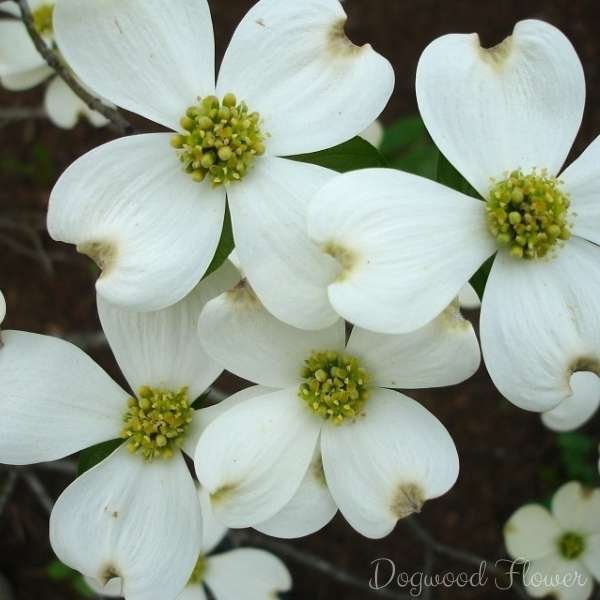
Conclusion
The dogwood flower is truly remarkable, with a rich history and deep symbolic meanings. Its associations with resilience, purity, and love make it a cherished symbol in many cultures. Whether you’re admiring its beauty, seeing it in art and literature, or growing it in your garden, the dogwood flower continues to inspire. By understanding its significance and proper care, we can enjoy and preserve this beautiful bloom for generations to come.

